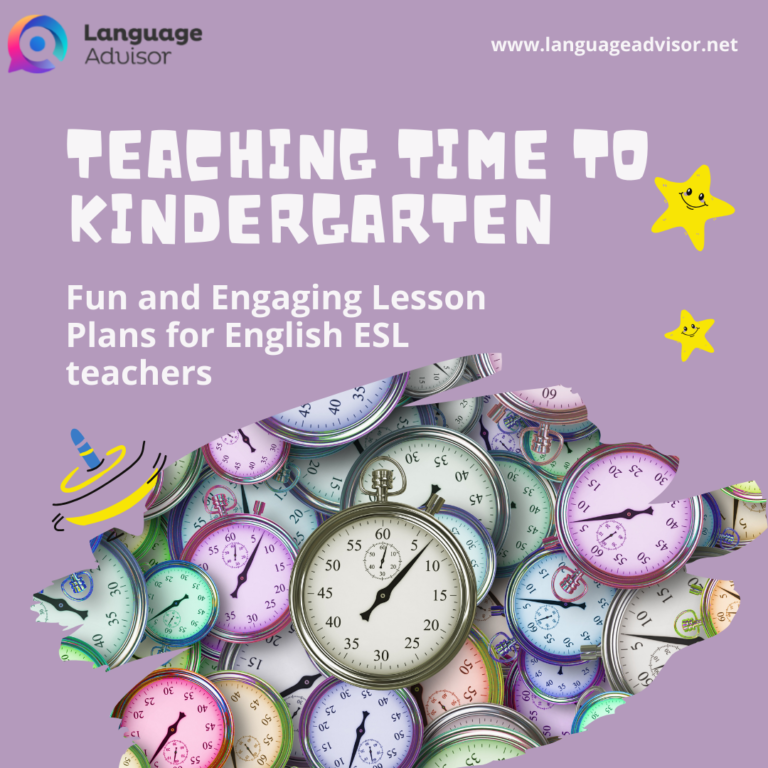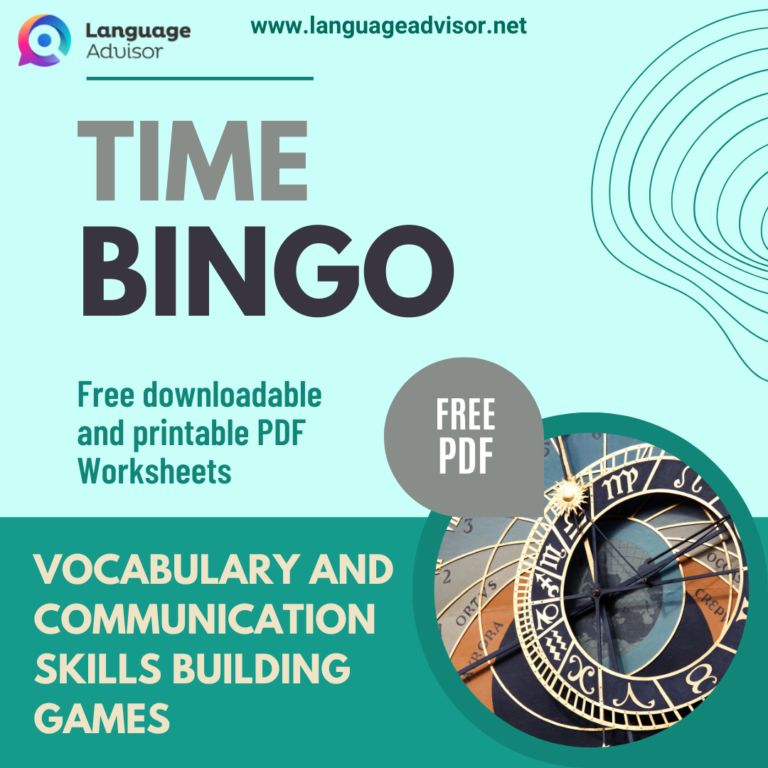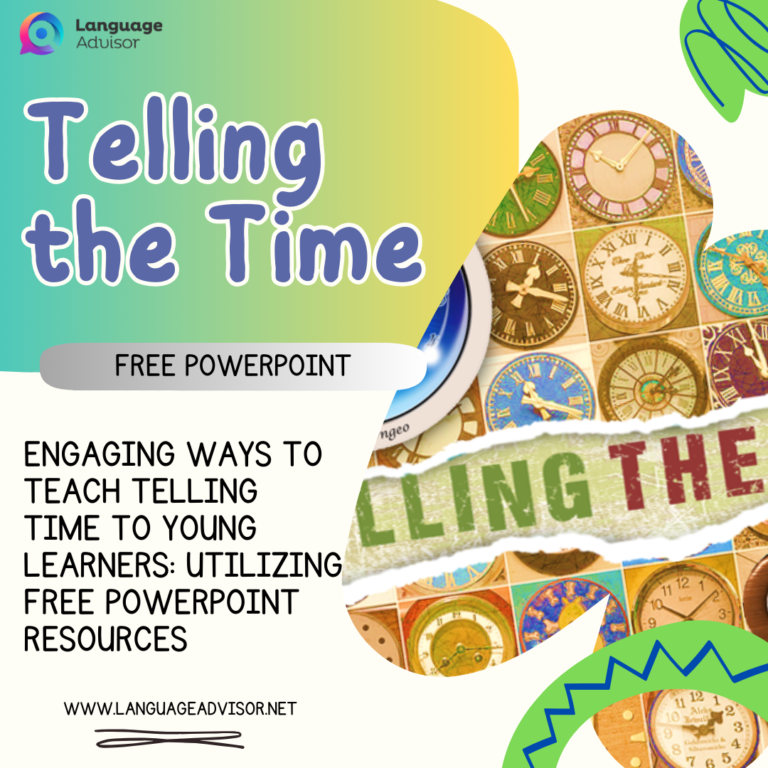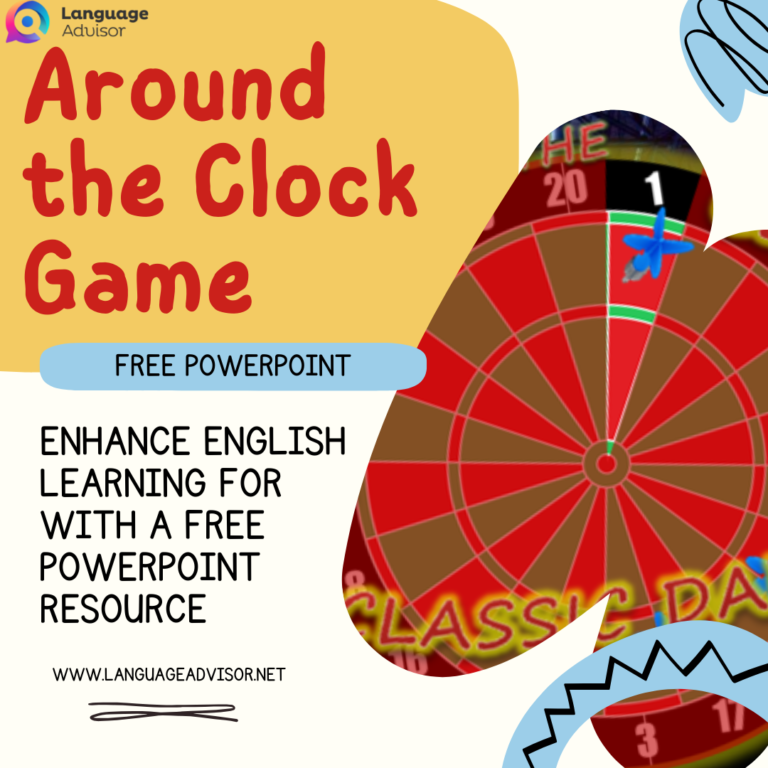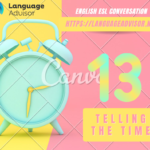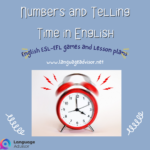Teaching Time-Telling Skills: Engaging Activities for Your ESL Classroom. Fun with Flashcards and Board Games
Teaching Time-Telling Skills
These are common, and are most often of a mild nature such as nausea and vomiting, but can include headache, diarrhea and dizziness. We are proud to serve many of the largest cancer treatment Beersel https://firepowerrecords.com/releases/flatline-vol-9 facilities and the most advanced academic medical centers in mexico, central america, and the united states. Now, i have to get up every day to get rid of stuff.

Teaching Time-Telling Skills
Teaching students how to tell time is an essential skill in any ESL curriculum. As English teachers, finding creative and interactive ways to teach this concept can make a significant difference in how well students grasp and retain the material. In this blog post, we’ll explore two fun and effective activities—using flashcards and a board game—that will help your students master the art of telling time.
Plus, we’ve included free downloadable and printable PDFs to make your lesson planning even easier!

Time Flashcards
Materials:
- Printable flashcards with different clock faces and times
- A set of digital and analog clock images
Procedure:
- Introduce the Concept: Start by explaining the basics of telling time, focusing on the differences between analog and digital clocks. Show examples on the board and demonstrate how to read both types.
- Flashcard Matching: Divide the class into small groups and give each group a set of flashcards. Each flashcard should have either an analog clock face or a digital time display.
- Matching Game: Have the students match the analog clock faces with the corresponding digital times. This will help them understand the relationship between the two formats. For instance, if one flashcard shows an analog clock with the hands at 3:00, they need to find the digital flashcard showing “3:00.”
- Interactive Practice: Once the students have matched all the cards, go through them together as a class. Ask students to explain why they matched each pair, reinforcing the learning process.
Free Downloadable PDF

Time-Telling Board Game
Materials:
- Printable board game with spaces representing different times
- A die
- Player tokens
Procedure:
- Setup: Print out the board game and distribute it to each group of students. Ensure each group has a die and player tokens.
- Game Rules: Explain the rules of the game. Each student takes turns rolling the die and moving their token the corresponding number of spaces. When they land on a space, they must read the time shown and either say it aloud or write it down on a piece of paper.
- Time Challenges: To add an extra layer of challenge, incorporate “Time Challenge” spaces where students must convert the time from analog to digital or vice versa. For example, if they land on a space showing an analog clock with the time 2:30, they must say or write “2:30” in digital format.
- Winning the Game: The first student to reach the end of the board wins. Ensure that students are engaging with each time representation they land on, as this repetitive practice is crucial for learning.
Free Downloadable PDF

Teaching time-telling doesn’t have to be a tedious task. By incorporating interactive activities like flashcards and board games, you can make learning this essential skill enjoyable and effective for your students. These activities not only provide hands-on practice but also encourage teamwork and critical thinking. Don’t forget to download the free PDFs for the flashcards and board game to make your lesson preparation a breeze.
Happy teaching!
Teaching Time-Telling Skills. Also check out these Time-Telling Activities




